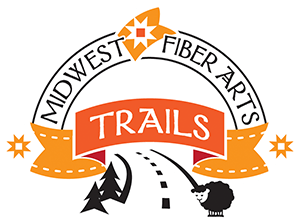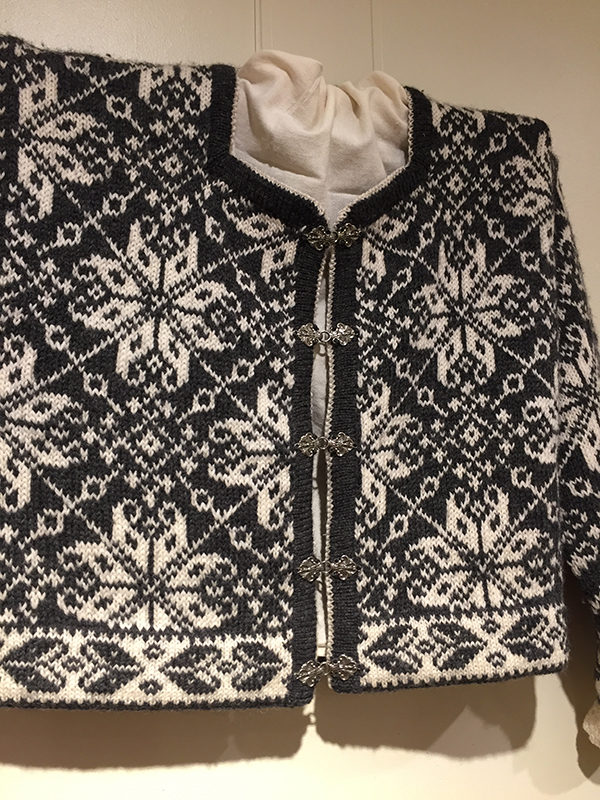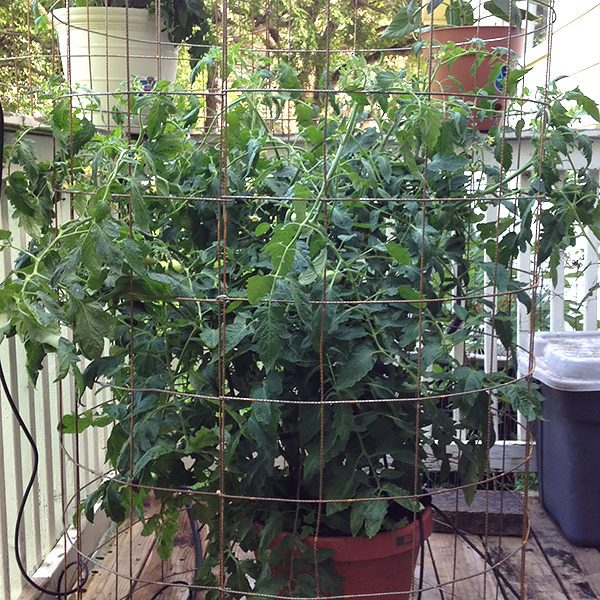
As an engineer, Rob immediately assessed the environment and began to make modifications for potential maximum yield. After much discussion regarding pot size; he transferred the fledgling plant sparrows into large, oversized planters giving them abundant room to grow. He tracked the arc of sunlight and where it fell on the deck and arranged the pots so that each plant would receive the most amount of sunlight possible in the 8 X 8 space that makes up our deck off the west side of the back porch.
It was suggested the deck railing may be a precarious spot as the wind could come up and whip the top heavy plants on to the ground with a big splat. The engineer rated that risk probability as low compared to the potential for optimal sunlight until we came home from the lake and ‘random’ weather had indeed deposited the plants on the deck floor. (Thankfully, our son was home and picked the salvageable remnants of bounty off the deck and popped them in the fridge.) Soon we had 4’ high tomato plants behind 14 gauge welded fence wire bolted to the deck floor. Rob took the same safety measures with the large tomato plant that was on the deck railing, repositioning it, circling it with wire fencing and bolted it to the railing. (If that plant falls off the railing because of wind, we might want to check to see that we still have a roof on our house.) The thought that we might care about bolt holes in the railing on our deck briefly flitted across my mind, but in the interest of being the supportive spouse, I stuffed it.
He spent the first few weeks filling up watering cans from the kitchen faucet, then the garden hose and finally installed an automated water system that delivered water to the root of the plant twice a day. 3:30 p.m. and 3:30 a.m. Prescribed rounds of fertilization, blossom blight research and more than a few YouTube videos were topics of discussion throughout the summer. Coming from a quasi-farming background (my dad’s family are farmers), I raised an eyebrow at the shenanigans surrounding these maneuvers, but also realized that growing plants was a part of my childhood and general knowledge base. Not for the suburban kid. Some outside expertise might be in order.
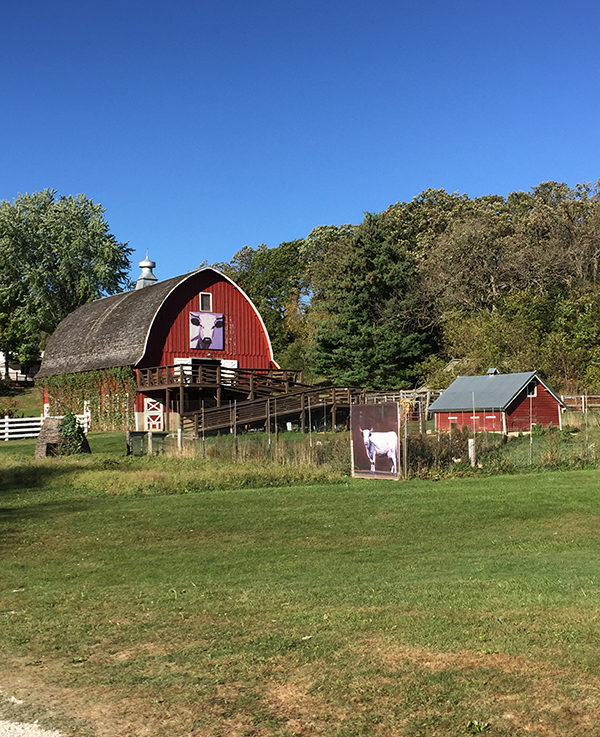
It was my idea to sign him up for a gardening class at Seed Savers Exchange. He asked me why I did this. I have signed him up for rosemaling and wood carving classes before. I do this because he has such a curious mind. He loves puttering and working on projects around the house, garage and cabin. He is at his most happy when he’s making or rebuilding things with his hands, so in the interest of doing something well and knowing he is a voracious reader and YouTube watcher on how things should be done; a class with an expert is a good thing.
The weekend weather was superb as we drove south through Rochester on US Hwy 52. We could see the outlines of old bluffs for miles. It occurred to me that Rob may have never been down this way before. Historically, when we drove to my parents in Cedar Rapids we always turned off on Hwy 63 south of Rochester, but now we rarely come this way at all. For business and knitting guild trips I’ve been to Decorah a half dozen times in recent years so I feel familiar with the route and was happy that I could show him places in his home state he’d never seen before. For all its four lane and fast traffic craziness north of Rochester, Hwy 52 telescopes down to a 2 lane road that snakes its way through valleys and routes its riders up and over hills that project 40-mile panoramic vistas. Sprinkle in spoonfuls of red, yellow, and orange here and there and you have a bountiful landscape salad.
If you like quick side trips that put you back out on your intended road, here’s a suggestion for a very scenic route through Lanesboro. When you come to Fountain, MN, take Cty Rd 8 east. It rides the ridge exposing patchwork fields, big sky and shows you’re completely outside the bounds of Minnesota’s traditional north woods and lakes. Soon you’ll dive down into the steep valley and you’ll be in the middle of Lanesboro. It’s a wonderful town that deserves its own story. Catch MN Hwy 16 (take a right) and follow that back up the valley to where you’ll pop out south of Preston back onto US Hwy 52. It really feels like you’ve just fallen down the rabbit hole. Once again, you’re back on the ridge gazing at the 360 degree views on your way to Decorah.
One of the things I know about engineers is that it’s best to be prepared so in the interest of knowing where to go for class the next morning, we scouted out Seed Savers on our way into town. A few miles north of Decorah, the big gardens and barns sit tucked into a narrow valley sided by crumbling limestone crags, a large dry creek bed and bubbly meandering stream. Outside of Rob’s comment about not even bringing a note pad, he was ready.
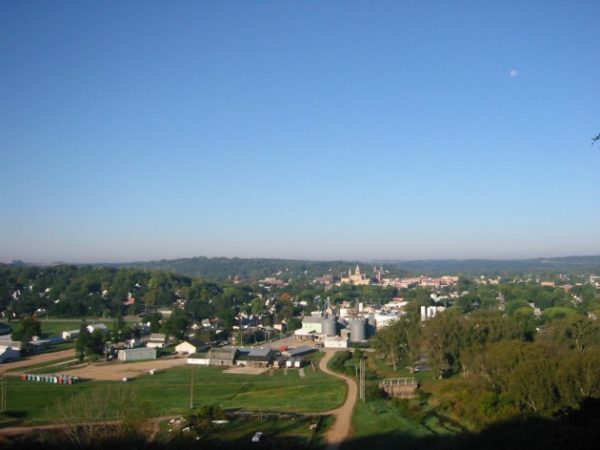
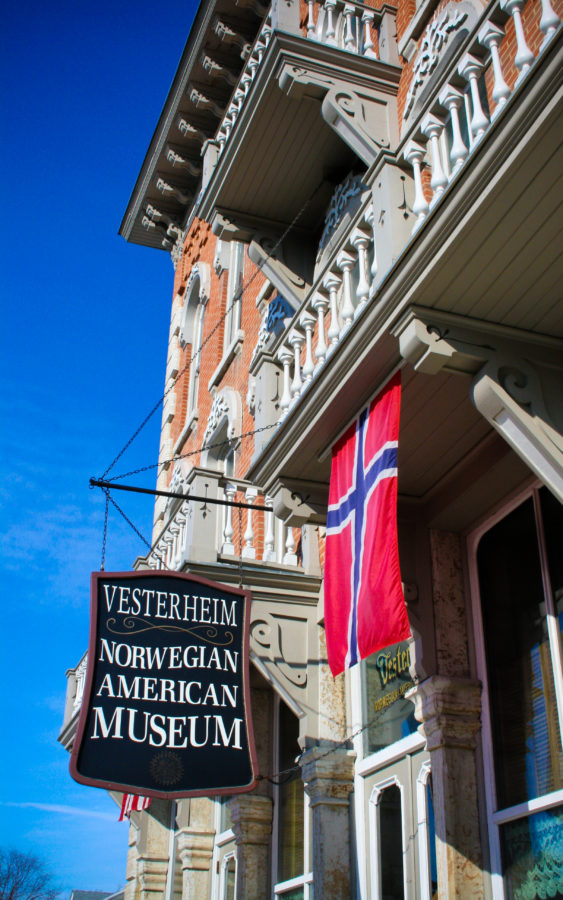
The old 1800’s style store fronts are sandwiched together block after block with colorful awnings over painted brick, mid-century modern facades, and plate glass windows showcasing shoes, clothing, art, appliances, jewelry and insurance. Bustling is a good word for the downtown Decorah economy especially when the NE Iowa Art Studio Tour is going on. Being a college town, it has its share of bars, which we found out are frequented by alumni (based on their looks) as often as the students. There’s a BBQ place, a wonderful co-op and my favorite place for food/coffee/bakery is Magpie’s Coffeehouse. We did a quick loop to get our bearings and headed to our hotel on the outskirts of town where we were informed we’d been upgraded to a king with a whirlpool. I will admit that in the last few years, I’ve converted to B&B’s so this wasn’t my first choice but it worked well for our purposes.
Of course one of the first places I pointed out (besides Whippy Dip ice cream drive-up) was Vesterheim Norwegian-American Museum. Vesterheim is the largest single ethnic museum in the US. It has connection points to both local and international culture in a seamless way that gives the impression Decorah is much more than a small Iowa community of 8,000 people. Since all of the people I know in Decorah are connected to Vesterheim in some way, it has special meaning for me. Twice I’ve been with people who have toured the famed textile vault. The first time we were looking at knitted pieces and the second time we examined rya or ryijy bed covers and rugs (depending on if you’re Swedish or Finnish). This time I was excited to show Rob the rosemaling and wood carvings collections and to see the latest museum exhibit, “From Underwear to Everywhere, Norwegian Sweaters”. Our plan was a simple one; stroll up and down Water St. and find a place for dinner. We would come back to Vesterheim after tomorrow’s class.
Shortly after we set out, we found ourselves having a beer in the Tap Room at the hotel. Later, when we asked people about places for food, the Tap Room was on everyone’s list. (Funny how the collective conscious works.) Hotel Winneshiek is on the historic register probably because it’s one of few hotels from its era that hasn’t burned down. It’s an elegant old dame with a 3-story octagonal center court and backlit stained glass ceiling, but the real fun is heading up three floors on the back staircase to sneak into the Opera House. Set up for a formal wedding reception, the place looked great. We were also directed to go to the Mexican restaurant (in an old converted gas station) and we tried. The wait was two hours minimum.
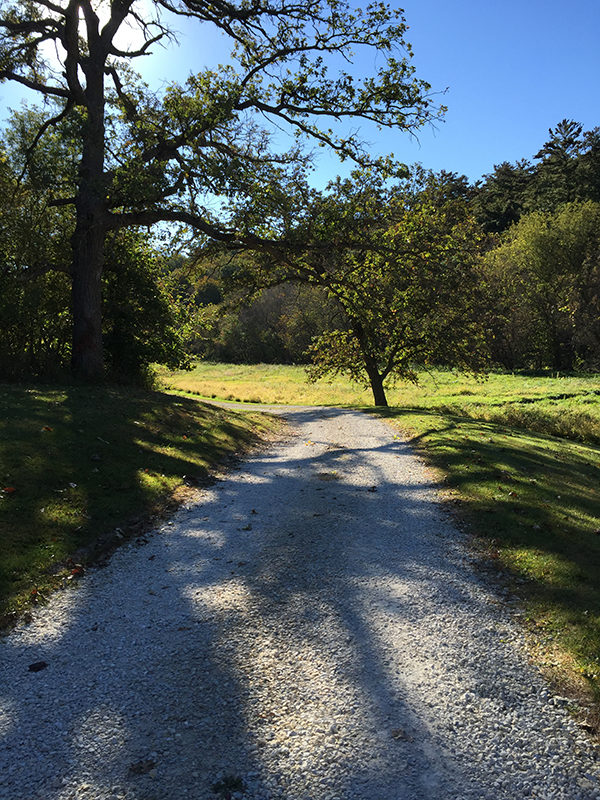
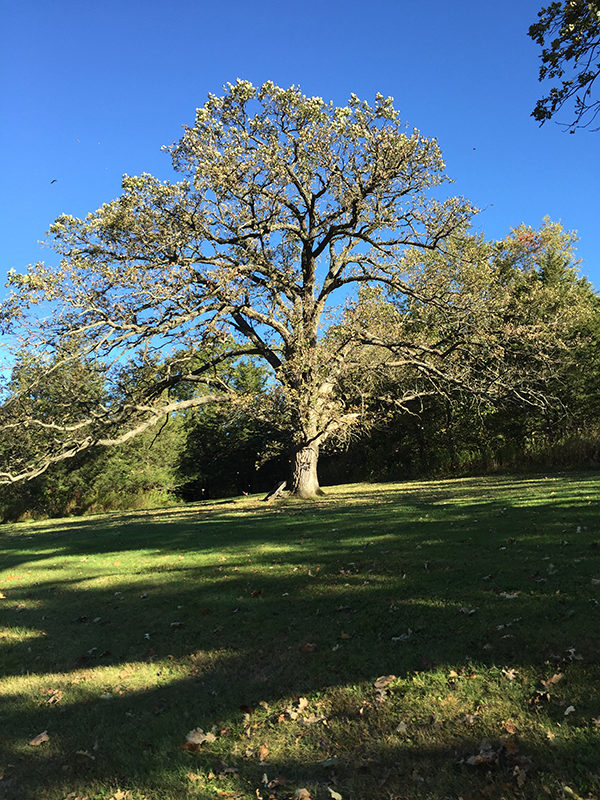
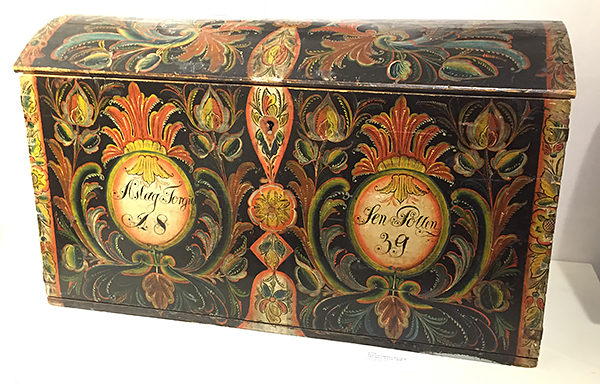
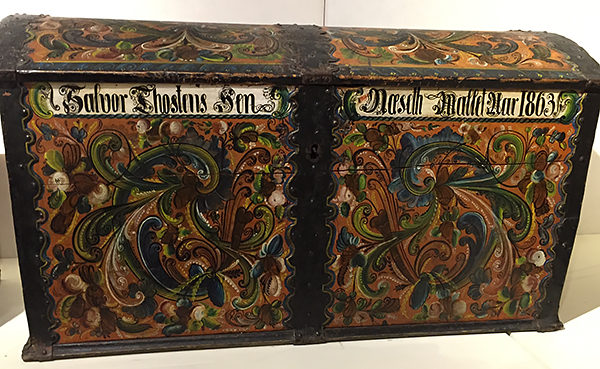
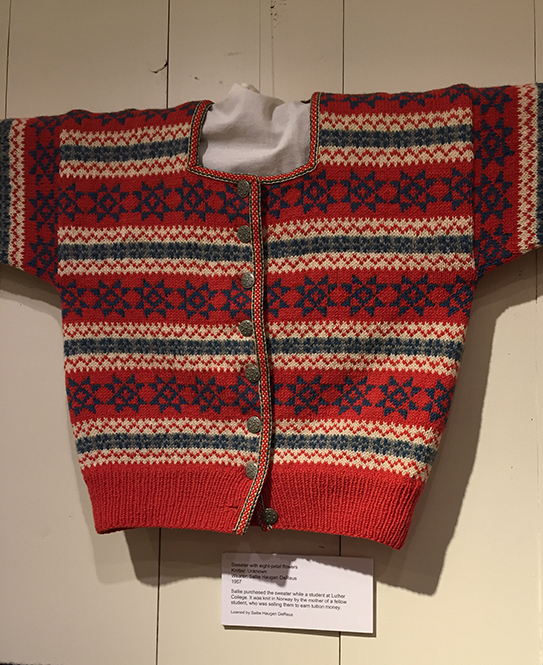
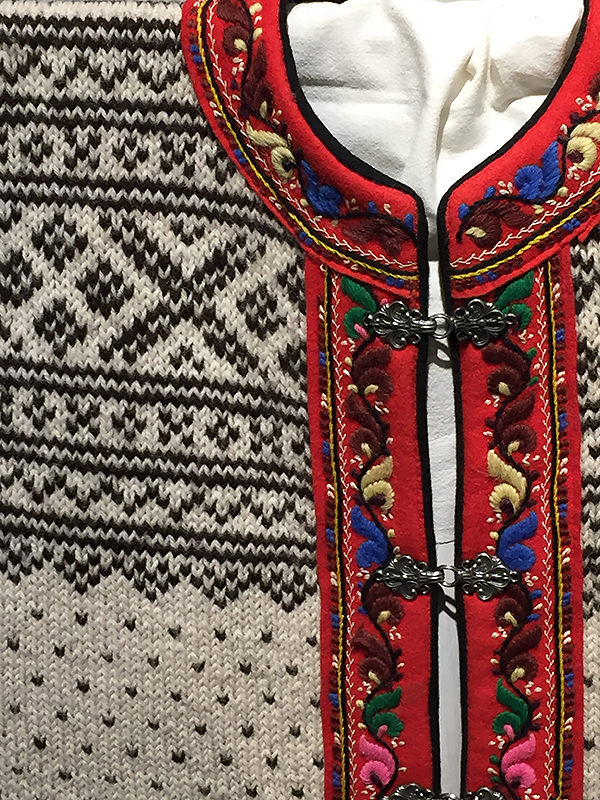
http://www.smithsonianmag.com/travel/20-best-small-towns-to-visit-in-2014-180950173/?no-ist
